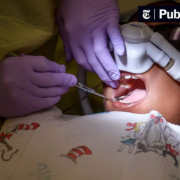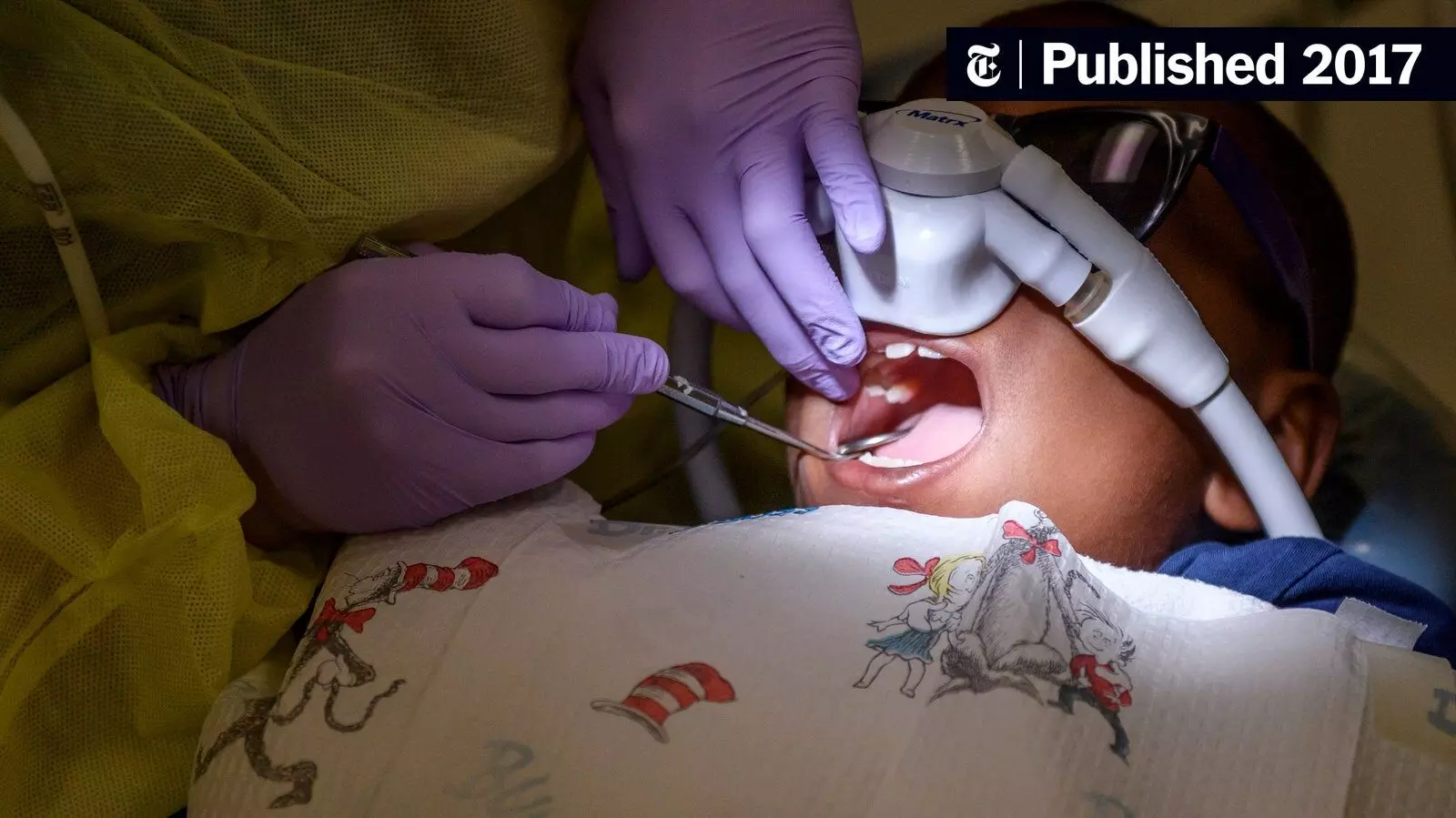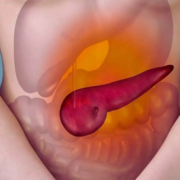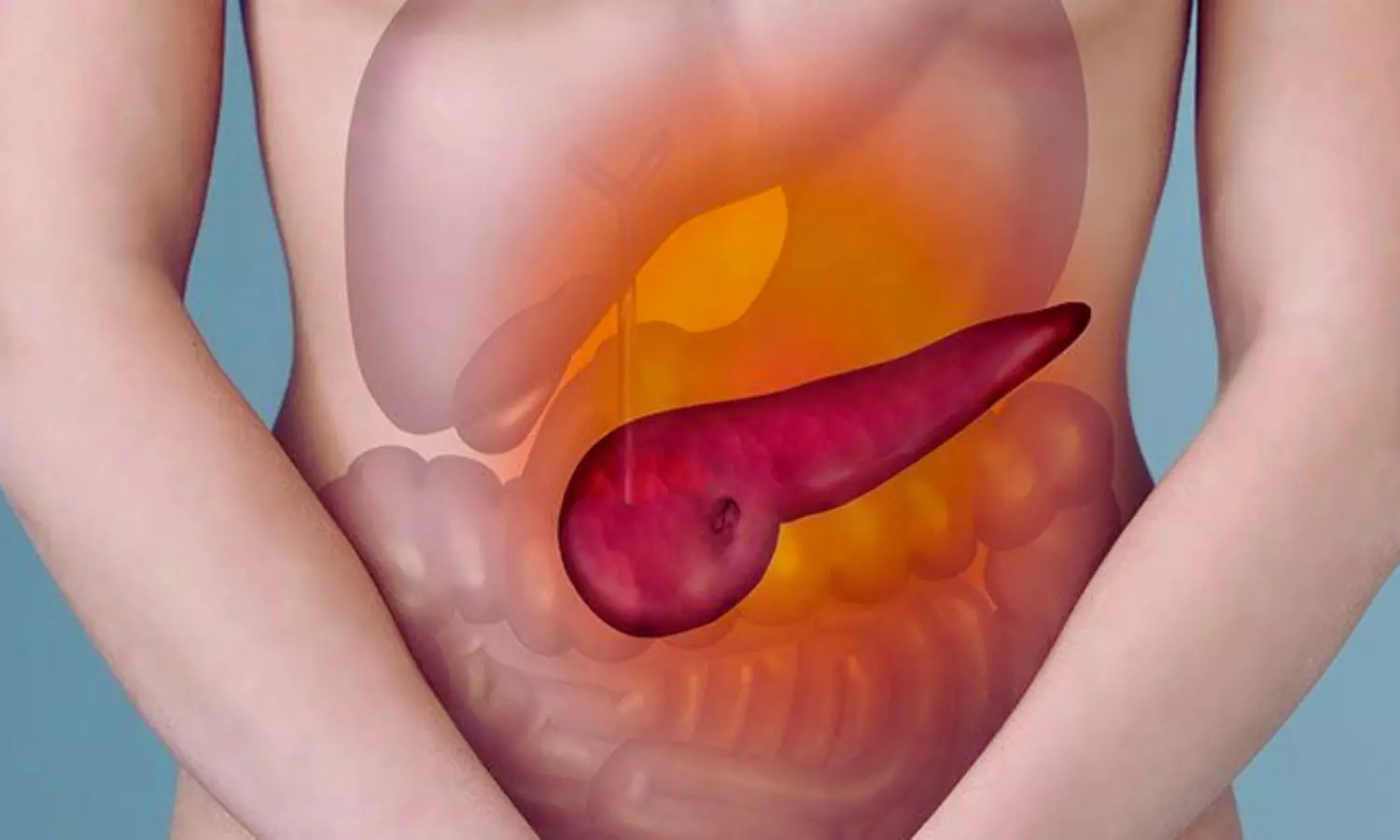Lipid-Lowering Therapies Could Reduced Risk of Venous Thromboembolism: Study

A recent research published in the European Heart Journal unveiled promising evidence that lipid-lowering therapies (LLT) may significantly reduce the risk of venous thromboembolism (VTE). These LLTs are the high-intensity statins and their combination with proprotein convertase subtilisin/kexin type 9 inhibitors (PCSK9i).
Venous thromboembolism encompasses both deep vein thrombosis and pulmonary embolism and is a major health concern that can lead to severe complications and even death. Statins are widely known for their cholesterol-lowering effects and cardiovascular benefits and is now suggested to also lower the risk of VTE.
The research team conducted a comprehensive review of randomized controlled trials (RCTs) that involved different LLTs, including statins (both high- and low-/moderate-intensity), ezetimibe, and PCSK9 inhibitors. The study utilized PubMed, CENTRAL and Web of Science databases to source data and encompassed studies up until November 2, 2022. The meta-analysis incorporated data from 45 RCTs, which included a total of 254,933 patients and reported 2,084 VTE events. An additive component network meta-analysis was used to assess and compare the risk of VTE during long-term follow-up across different combinations of LLT.
The results of this study revealed that the combination of PCSK9 inhibitors with high-intensity statins yielded the most significant reduction in VTE risk, with a risk ratio (RR) of 0.59 (95% confidence interval [CI]: 0.43–0.80) when compared to a placebo. This indicates a 41% reduction in VTE risk with this combination therapy.
In terms of monotherapy, the high-intensity statins showed a trend towards reducing VTE risk (RR 0.84; 95% CI: 0.70–1.02), while low-/moderate-intensity statins also indicated a potential reduction (RR 0.89; 95% CI: 0.79–1.00). On the other hand, ezetimibe monotherapy did not demonstrate a significant effect on VTE risk (RR 1.04; 95% CI: 0.83–1.30).
This study highlighted a gradational benefit with increasing intensity of LLT by suggesting that higher doses or more potent therapies might offer greater protection against VTE. Also, the combination of PCSK9 inhibitors with high-intensity statins was significantly more effective in reducing VTE risk than low-/moderate-intensity statin monotherapy (RR 0.66; 95% CI: 0.49–0.89).
This extensive meta-analysis illuminates the potential of LLTs in higher intensity and combination therapies to prevent VTE. The findings advocate for further investigation and clinical studies of these therapies for VTE prevention and managing patients at risk of thromboembolic events.
Source:
Farmakis, I. T., Christodoulou, K. C., Hobohm, L., Konstantinides, S. V., & Valerio, L. (2024). Lipid lowering for prevention of venous thromboembolism: a network meta-analysis. In European Heart Journal. Oxford University Press (OUP). https://doi.org/10.1093/eurheartj/ehae361
Powered by WPeMatico



















